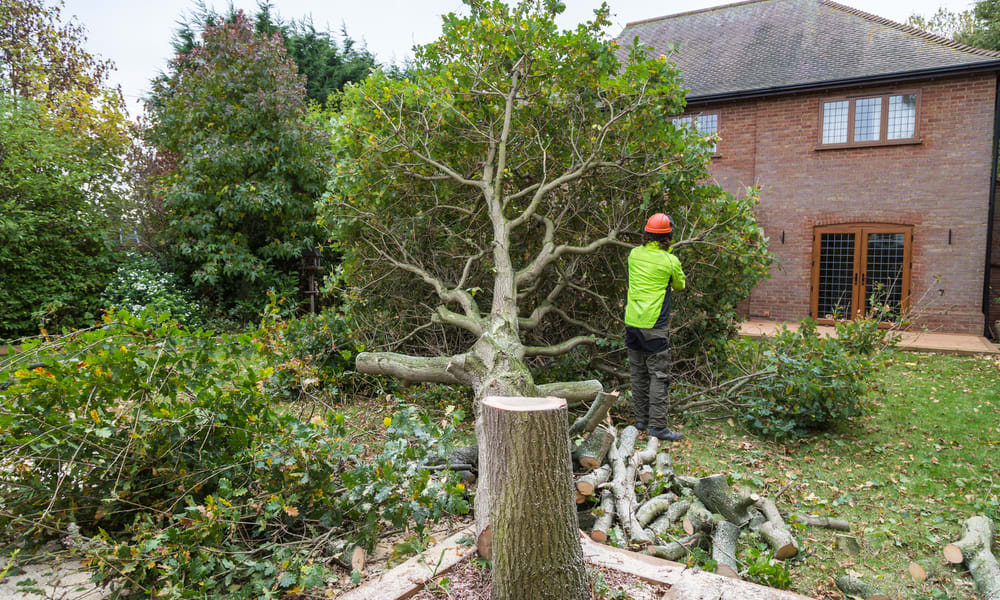Material choices that extend paint and surface lifespan
Choosing the right materials and supporting practices can significantly lengthen the lifespan of paint and other finished surfaces in and around a home. By pairing durable coatings with appropriate substrates, attention to ventilation and insulation, and routine maintenance like pruning and decluttering, homeowners can reduce wear, lower repair frequency, and protect aesthetic and structural value.

What painting materials last longer?
Selecting the right paint system is a foundation for longevity. High-quality acrylic latex and 100% acrylic exterior paints resist UV breakdown and moisture better than older oil-based formulas, while satin and semi-gloss sheens handle abrasion and cleaning more resiliently on trim and high-touch areas. Primers matched to the substrate—masonry, wood, or metal—improve adhesion and reduce peeling. For interior surfaces, mold- and mildew-resistant paints help in humid rooms when combined with attention to ventilation and insulation. Consider materials that pair with the substrate; for example, elastomeric coatings can bridge hairline cracks on stucco while being compatible with proper maintenance regimes.
How do insulation and ventilation affect surfaces?
Thermal and moisture control are as important as the coating itself. Poor insulation can cause thermal cycling that stresses paint layers, while inadequate ventilation traps humidity, encouraging blistering and mold growth on both paint and underlying materials. Improving attic and wall insulation reduces temperature swings, and installing or maintaining exhaust fans or passive vents helps move moist air away from painted surfaces. Proper ventilation is also a safety and comfort measure for occupied spaces, and when combined with scheduled inspections, it reduces unexpected repair needs and extends the effective life of painting and other finish materials.
What maintenance extends painted surfaces?
Routine maintenance dramatically prolongs surface lifespan. Scheduling regular inspections to spot early signs of peeling, cracking, or staining prevents small issues from becoming major repairs. Gentle washing to remove dirt and airborne salts, touch-up painting after minor damage, and prompt repair of water intrusion are practical maintenance steps. Safe cleaning practices and appropriate materials—soft brushes, mild detergents—help avoid abrasion. Maintenance also ties into decluttering: keeping gutters clear and ensuring downspouts and irrigation are directed away from foundations prevents moisture-related damage that can undermine paint and substrate integrity.
How can landscaping and irrigation reduce wear?
Landscaping choices influence how long exterior paint and finishes last. Positioning plants and trees to avoid constant rubbing against siding prevents friction damage, and pruning keeps foliage from trapping moisture against painted surfaces. Smart irrigation design prevents spray from hitting walls; drip irrigation and carefully aimed sprinklers protect lower cladding from chronic dampness. Mulch and groundcover choices that reduce splash-back during rain lower staining on lower walls. Thoughtful plant placement and maintenance reduce surface wear while supporting safety and repair planning for exterior finishes and nearby structures.
When to consider retrofit and repair?
Retrofit strategies can improve durability without full replacement. Adding weather-resistant cladding, applying breathable waterproof membranes, or upgrading trim materials to rot-resistant composites reduces substrate deterioration that undermines paint. Repair work should prioritize fixing the underlying cause—rotten wood, leaking flashing, or poor drainage—before repainting. When engaging local services for retrofits or more complex repairs, check providers’ experience with the relevant materials and request documentation of materials used. Scheduling retrofits during dry seasons helps coatings cure properly and aligns with maintenance and safety planning.
How do decluttering, composting and pruning help?
Interior and exterior practices like decluttering, composting, and regular pruning have indirect but measurable effects on surface longevity. Indoors, decluttering reduces accidental scuffs and allows better airflow, supporting consistent temperature and humidity control. Properly managed composting away from exterior walls prevents persistent moisture and odor issues that can stain or degrade siding. Outside, pruning keeps branches from scraping paint and reduces pest pathways. Combined with materials selection and repair scheduling, these everyday habits contribute to fewer surface failures and more consistent performance of paint systems and substrates.
Material choices are most effective when paired with systems thinking: select compatible paints and primers, control moisture through insulation and ventilation, and integrate landscaping, irrigation, and maintenance into a planned schedule. Regular inspections and timely repairs address problems before they escalate, while attention to decluttering, composting, and pruning reduces environmental stresses on surfaces. Together, these practices improve durability and help maintain both appearance and function of painted and finished surfaces over time.





